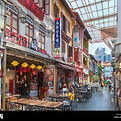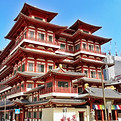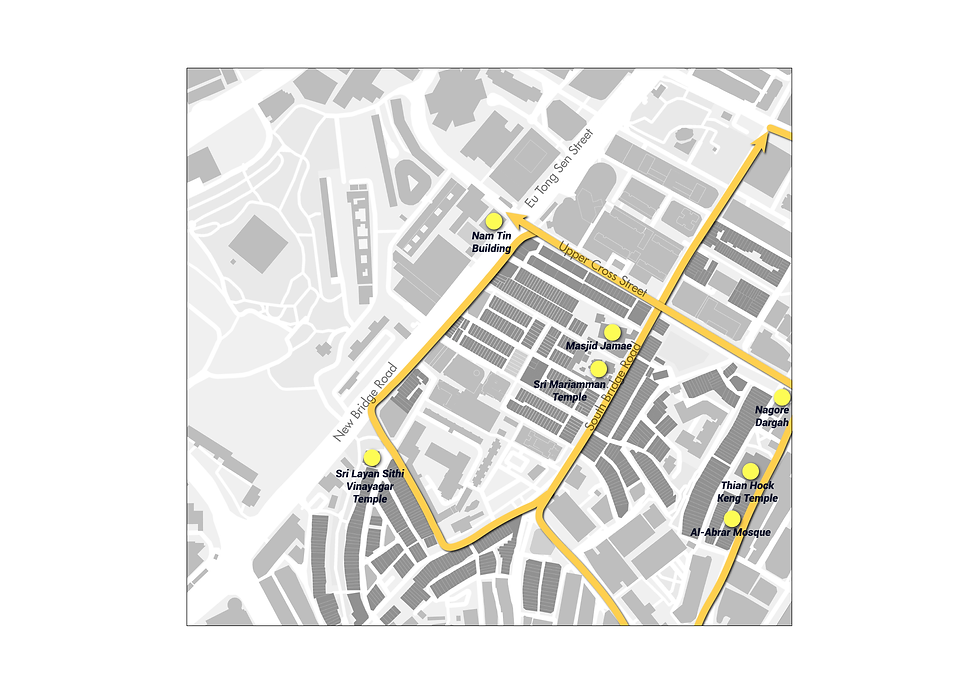Cultural
Tourism
Based on the future trends of tourism, this part tells about the definition of Cultural performance, the relationships between Cultural performance and tourism, the economic and social benefits that Cultural performance brings. It builds a solid theorical foundation for regenerating Chinatown into a theatre district.
01
Trend analysis shaping future festivals and events
This is a useful way for providing insight as to how the world is performing now, and to illicit foresight as to what is coming next.
This is done through an examination of the causes, assessment of the speed of developments and consideration of the impact they may have. For example, how does an ageing society impact on the future of events?
Following are the top ten consumer trends which will shape the future of festivals and events.
02
Problem Analysis of Chinatown
The traditional commercial pedestrian street with retail mode as the main model has appeared inadaptability, vitality loss, loss of identity, environmental deterioration and other problems are bound to force the traditional commercial pedestrian street to embark on the journey of transformation and upgrading.
03
The Upgraded Profile of Tourists
04
The benefits of Theatre District
The traditional commercial pedestrian street with retail mode as the main model has appeared inadaptability, vitality loss, loss of identity, environmental deterioration and other problems are bound to force the traditioAs global competition for tourists intensifies, regional branding is seen as an effective way to increase visitor numbers and appeal, while cultural events accentuate the attraction of destinations, extend unique marketing themes and set them apart from competitors.nal commercial pedestrian street to embark on the journey of transformation and upgrading.
05
The proposed Tourism Trails



Business Type: monomorphism


Accomodation
Occluded Landscape
All are retail, F&B. lack of experiential (tourism, education, culture, entertainment, science and technology) business type
Hotels are mainly low-grade hotels, unable to meet the needs of business, tourism groups. The brand of the whole Chinatown is mainly for low and medium consumer groups, unable to meet the needs of local young customers.
Occluded view, poor amenity of experience
Crowded, fivefoot-way shielding to prevent people from viewing shophouses.



High Land Price
Tourism-oriented
Limited Authenticity
increase in rental, making the tenants selling the traditional food or costumes hard to live
Chinatown is no longer the bustling town with vibrant street activities that it used to be as the second to fourth floor of shophouses are now used as offices rather than residences
conservation of Chinatown only succeeded in terms of the façade while the lifestyles and activities like watching movies, and dramas that the locals appreciate disappeared








